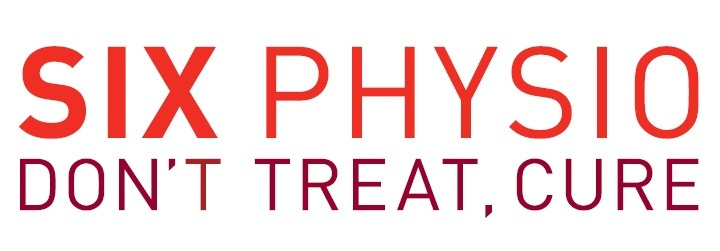
Rest day on the Sofa Vs. Active Recovery?
January 29, 2016
Topics:
We're delighted to announce our recent partnership with Six Physio. Not only are Six physio the official physio partners for our BMF Race Team, but further still they have a reputation as London’s finest for Physiotherapy. With clinics across the Capital, there is always an apt slot to suit our London members who, as BMFers, receive 15% off treatment (visit your members area for more information).
For members further afield than London, Six are here to provide injury prevention and recovery advice for you too. To kick things off, we've talked to them about a rest day on the sofa versus active recovery. Six Physio suggest the latter. Let's find out why:
We all know that traditional training models encourage ‘rest’ days after training and events. This is usually after a particularly gruelling event or a number of consecutive training days. Athletes are encouraged to nothing at all but veg out and pig out! The theory being that muscles are able to grow and niggling injuries can heal.
Recently there has been a growing body of evidence to suggest that incorporating low level exercise or ‘Active Recovery’ into these rest days is more beneficial than just plonking on the couch. We know that working at a sub-optimal level can clear the noxious by-products of anaerobic muscle activation, ie the dreaded DOMS! Chemicals such as lactate acid build up in the bloodstream and increase pH or acidity. This causes pain and discomfort which can be alleviated by pumping this blood out with ‘Active Recovery’.
We also know that muscles have a tendency to shorten after particularly intense training sessions. The micro trauma (which we want so they heal stronger and become more durable) that they sustain during exercises causes low-level spasm and consequently shortening of the muscle belly. Active Recovery allows the muscle to return to its normal length rather than tighten up while inactive.
Examples of Active Recovery
- Just Walk! - Walking stimulates many of the same muscles as running and will therefore relax these fatigued muscles. If you’ve just had a monster session on the track the day before, then a brisk 20-30min walk can help relieve the stiffness. If adventurous you can add some 2-3min intervals of jogging.
- Swim - Getting in the pool and trying different strokes can be a great form of Active Recovery. If you’ve been training heavily with front crawl, then try either backstroke or breast stroke. As with all Active Recovery, resist the urge to push the limits in training. You should be thinking a 6/10 level of exertion rather than 10/10 and a maximum of 25mins in the pool.
- On yer bike! - Choose a fun route and enjoy the view. Avoid hills or mountains and even consider stopping halfway through for a coffee. An hour or so will be enough to flush out those tired quads.
- Foam Roll - Jumping on the foam roller is the best way to stop muscle’s shortening in the long term. Start with a soft roller and progress to ribbed versions later on. Roll the quads, calves and IT bands to get rid of adhesions and keep the muscles supple. 5-10minutes should do it, and remember to keep it relaxed, no tears while rolling those IT’s!
- Body weight strength training – Not only an excellent way to vanquish the DOMS but also a good opportunity to work your muscles in a different way. Try a combination of 20 x squats, 10 x lunges (each side) and 10 x press-ups (on knees if necessary). Keep the tempo very slow ie 3 secs up and 3 secs down. Focus on technique and keeping the spine aligned at all times. This will strengthen the neural pathways without overly fatiguing the muscles. Again this could be done once or up to three times, but never to the point of collapse.
- Pilates – Find a local class, use your gym or buy a DVD. Pilates focuses on postural alignment and strengthening the core, making it a fantastic form of Active Recovery. Stick to mat based exercises in your off-days rather than reformer classes. This will prevent injury and also ease those creaky joints from a hard weeks training.
- Drop down a bib - If you can't bear to miss a BMF class, consider dropping down a bib colour to take it a little easier.

